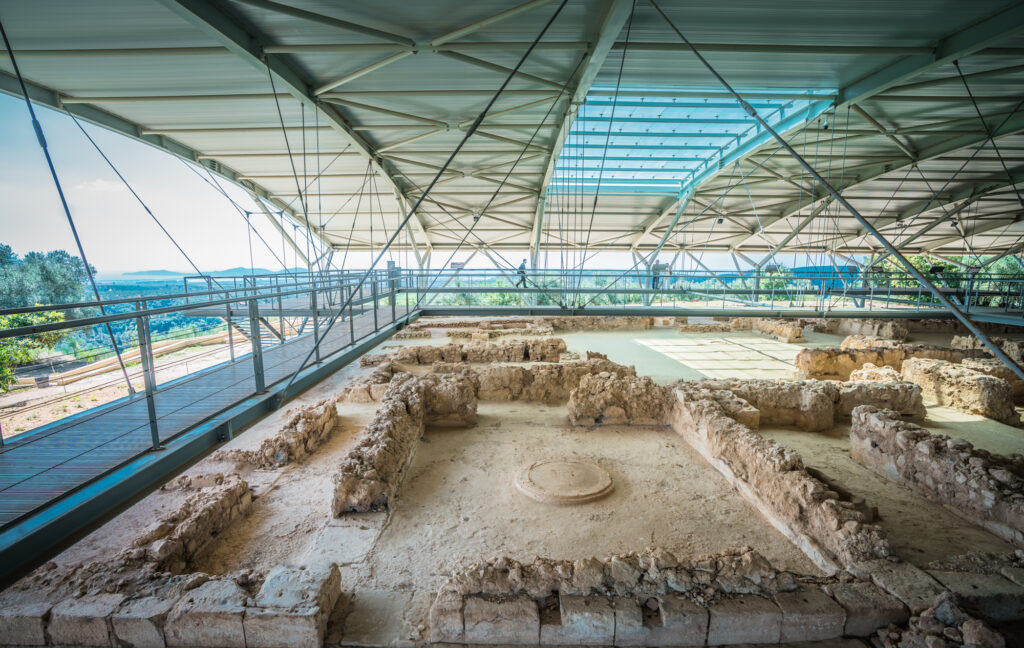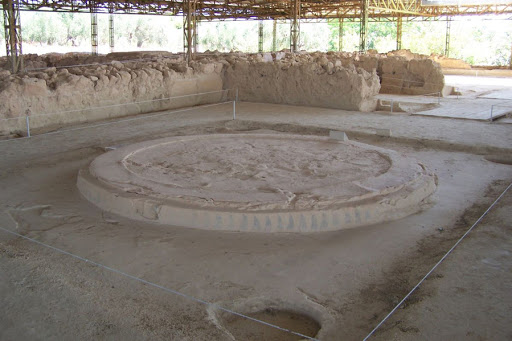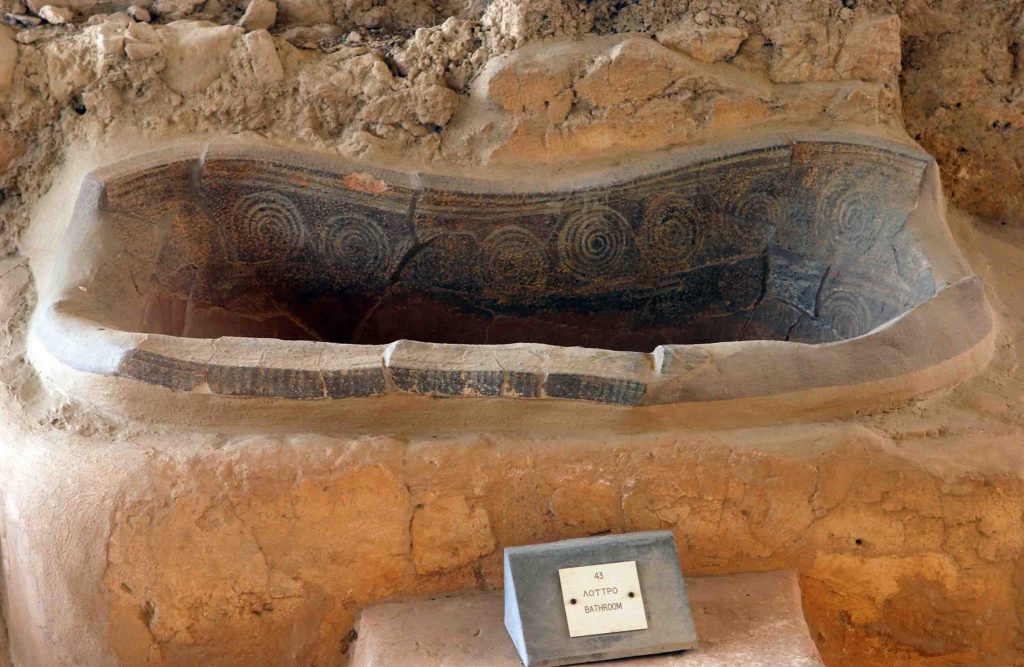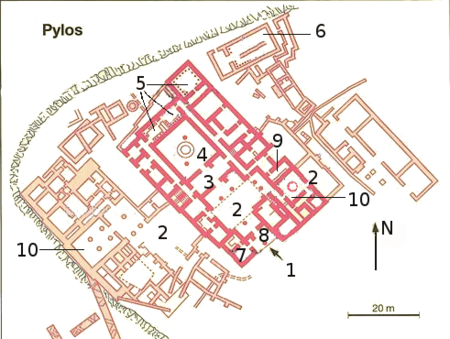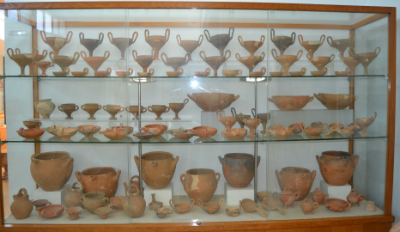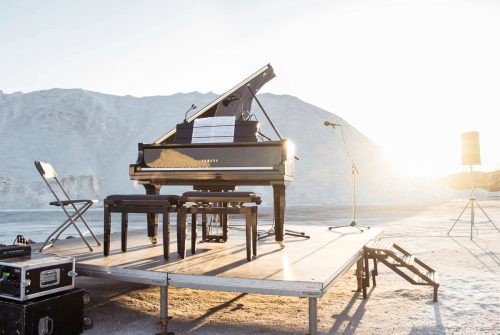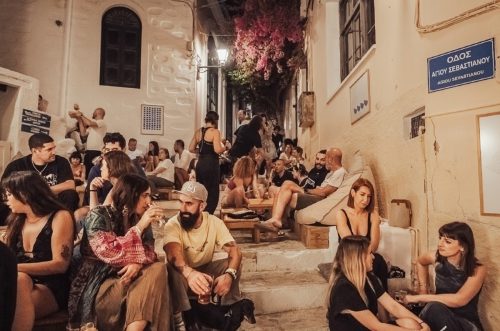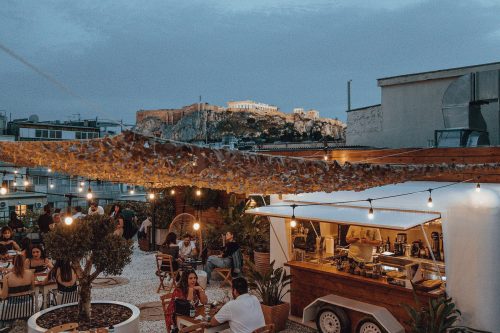If you would like to explore the most well-preserved Mycenaean Palace in Greece, you should visit the Palace of Nestor, which reveals so much about the Mycenaean world and the royals that lived here during the 13th Century BC.
Location
Nestors Palace is found on a hill known as Ano Englianos, overlooking the Bay of Navarino, in the Peloponnese. It is found 6km inland and its set on the hill offers wonderful clear views of the coastline whichever way you look. It is located in Pylia, 4 kilometers south of the village of Chora on the hill of Epano Eglianos, which is about 14 km from Pylos.
History Behind the Palace
This extraordinary palace was built in the 13th Century BC by King Nestor, son of Neleus, who holds an important position in the Homeric epics. Nestor led Pylos to the Trojan War with 90 ships and is presented by Homer as a wise old man, whose opinion was always respected by the Achaeans. The palace was almost completely destroyed in the 12th century, by fire, however baked ceramic tablets were still found after the flames with rare information on them.
-
The Throne Room -
Bath in Bathroom
The Buildings
With a brand-new construction, including a new protective shelter, the Palace of Nestor permits visitors to truly experience the rich Mycenaean history. It is a complex made up of various buildings and consists of 105 ground floor apartments. It has four main buildings (central ones, wine store) and some smaller ones. The large rectangular “throne room” is considered to be the most important.
What You Will Find Here
Discover the walls of the palace, which were decorated with fine wall paintings. Very close to the palace, you will find the most impressive, largest excavated Mycenaean vaulted tomb of the area. It was built in c.1550-1500 BC. The Palace’s four buildings feature 2 levels arranged around a courtyard, including reception rooms, bedrooms, warehouses, a wine cellar, workshops, rooms for domestic servants, sewers and more.
-
Plan of the Palace -
Findings on display at Archaeological Museum of Chora
Interesting Remains
You can explore the beautifully decorated round fireplace, the throne room, and a bathroom with a bathtub, as well as seeing numerous shelves with inscriptions. As you walk through the bi-level building you will come across abundant storage spaces, private apartments, stairwells, and skylights. The halls were decorated with remarkable wall paintings, while pictorial representations also decorated the palatial floors. The approximately 1000 clay tablets in Linear B script, which were brought to light during excavations in the wider area, confirm the site’s function as a financial, administrative, political, and religious centre.
Archaeological Museum of Chora
The numerous archaeological findings from the site of the Palace of Nestor are kept at the Archaeological Museum of Chora, as well as the Archaeological Museum of Messenia. Here you will find collections that focus on the Mycenaean civilization. Some permanent exhibits at the museum include old jewellery from the vaulted tombs of Peristeria of Trifylia and there are also fascinating murals with amazing battle scenes. Mycenaeans were known for their trade of perfumed oils and big jars for storing oil, which you can also view.
A: Ethniki Odos Kiparissias Pilou, Nestor
Cover image by Maria Theofanopoulou

